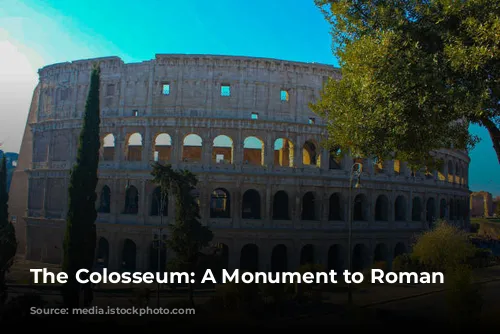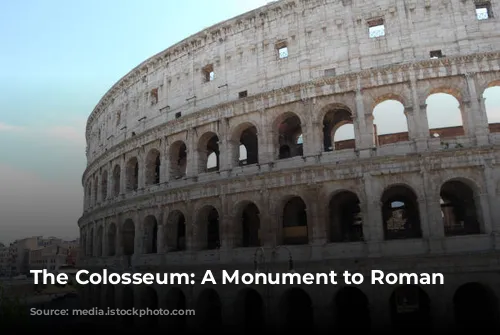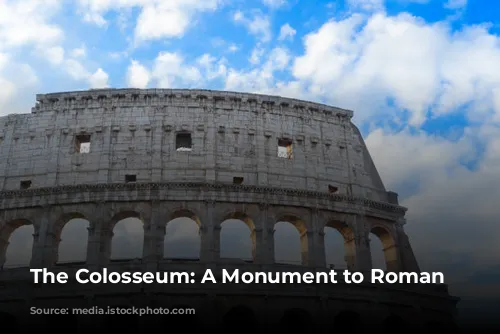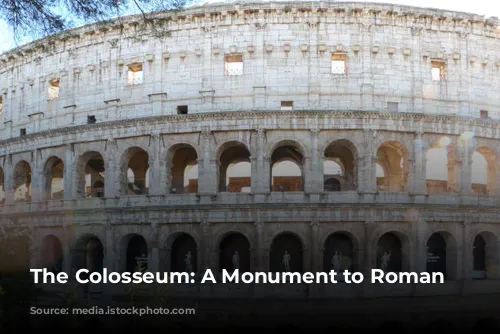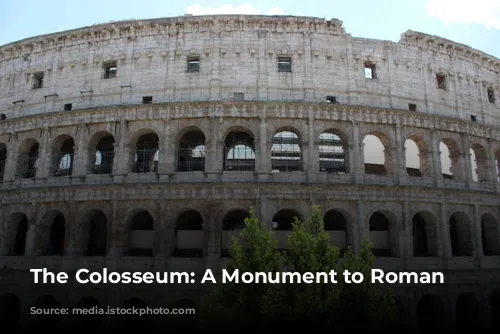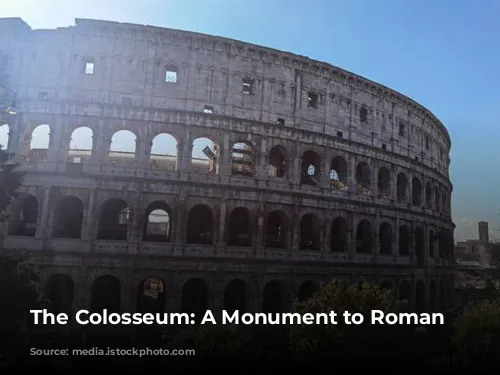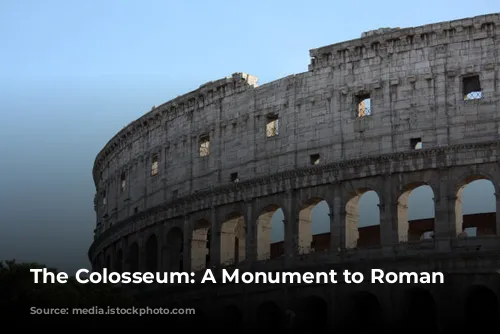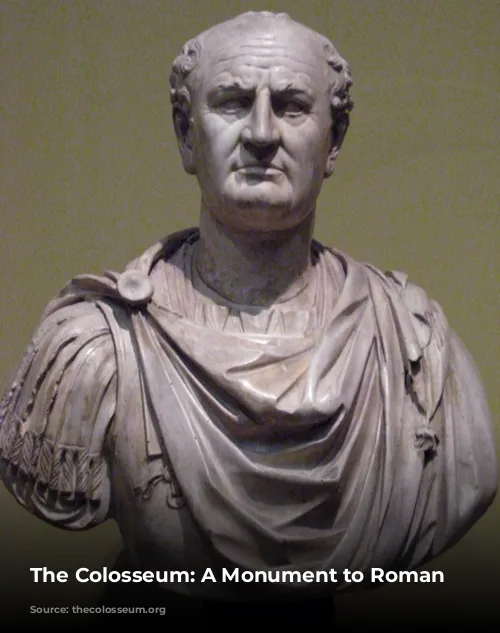The Colosseum – a name that echoes throughout history, whispering tales of gladiatorial battles, thrilling hunts, and brutal executions. This majestic structure, a towering symbol of the Roman Empire, stands as a testament to the grandeur and power of a civilization long gone. Its history spans almost two millennia, making it a treasure trove of fascinating facts and captivating stories.
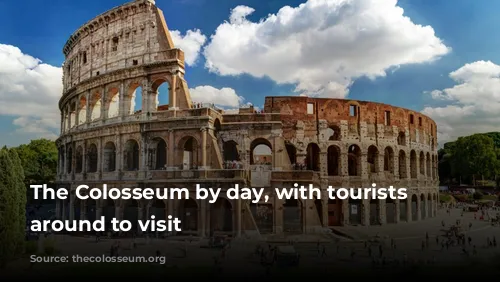
Construction and Labor
The Colosseum’s construction commenced in 72 AD and reached completion in 80 AD, a remarkably swift feat for a project of such immense scale. The Emperor Vespasian initiated the project, but sadly, he passed away before its completion. His sons, Titus and Domitian, stepped up to ensure the project’s success, ensuring this magnificent amphitheater stood as a lasting tribute to their father’s legacy.
The Colosseum’s construction was a monumental task, requiring an estimated 60,000 to 100,000 workers! The majority of these laborers were Jewish slaves, forced into servitude after the first Jewish-Roman War. Their tireless efforts, under the watchful eyes of Roman engineers and artisans, brought this colossal structure to life.

Purpose and Design
The Colosseum was not just a place of entertainment; it served a crucial role in Roman society, offering citizens a venue for public spectacle and entertainment. The Colosseum’s grand design served this purpose perfectly.
The name “Colosseum” itself is derived from the colossal statue of Emperor Nero that once stood next to the building. This statue, a replica of the famous Colossus of Rhodes, lends a hint of the amphitheater’s sheer size and grandeur.
Standing tall with 189 meters in length, 156 meters in width, and 48.5 meters in height, the Colosseum’s oval shape dominates the landscape. Its impressive surface area of 6 acres is a testament to the ambitious vision of its creators.
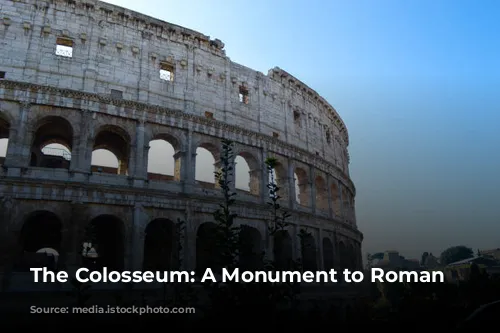
The Arena and Its Secrets
The Colosseum’s exterior boasts three levels, each adorned with a different type of column: Doric, Ionic, and Corinthian. These columns, supporting 80 arches on each level, create a stunning visual spectacle. The 76 arches numbered with Roman numerals were a clever way to help the citizens locate their seats.
But what lies beneath the Colosseum’s surface? The hypogeum, an intricate network of tunnels and chambers hidden beneath the arena, was where gladiators, animals, and prisoners awaited their fate. 80 vertical shafts connected the hypogeum to the arena, allowing for dramatic entrances and exits during the spectacles.
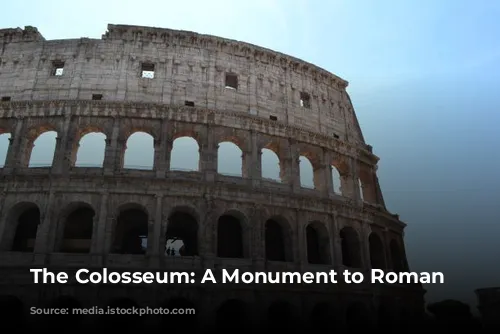
Spectacles and Entertainment
The Colosseum’s primary function was to provide entertainment for the Roman populace. It served as a stage for gladiator battles – the most well-known and common spectacles. Hunts, featuring armed humans pitted against wild animals, also drew crowds. Executions, sometimes by wild beasts, known as damnatio ad bestias, added a chilling element to the arena’s shows.
While the Colosseum hosted a few naumachia (staged naval battles) in its early years, the logistical challenges of flooding the arena made this form of entertainment less frequent.
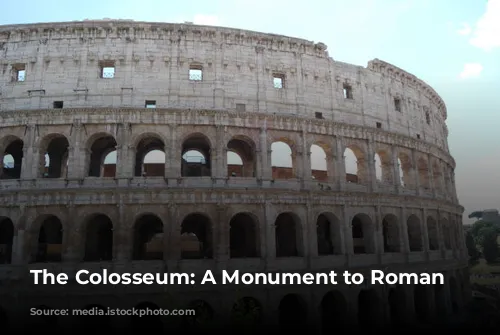
Beyond the Arena
The Colosseum’s history extends far beyond the era of gladiatorial combat. Throughout the centuries, this once-mighty arena saw various transformations, serving as a cemetery, a place of worship, and even housing for artisans and merchants. It also served as a fortified castle, and ultimately, a tourist attraction, a testament to its enduring legacy.
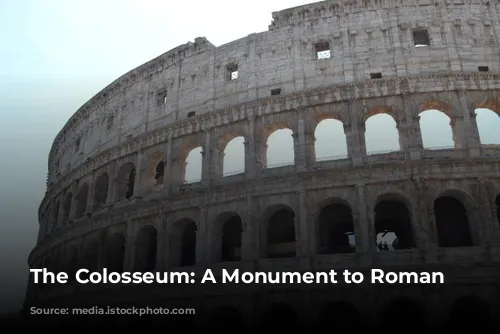
A Legacy of Wonder
Today, the Colosseum stands as a symbol of ancient Rome, attracting over 7 million visitors annually. This iconic landmark, with its captivating stories of bravery, brutality, and grandeur, continues to fascinate and awe the world. Though the echoes of gladiatorial combat may have faded, the Colosseum remains a powerful reminder of the Roman Empire’s enduring impact on history.
